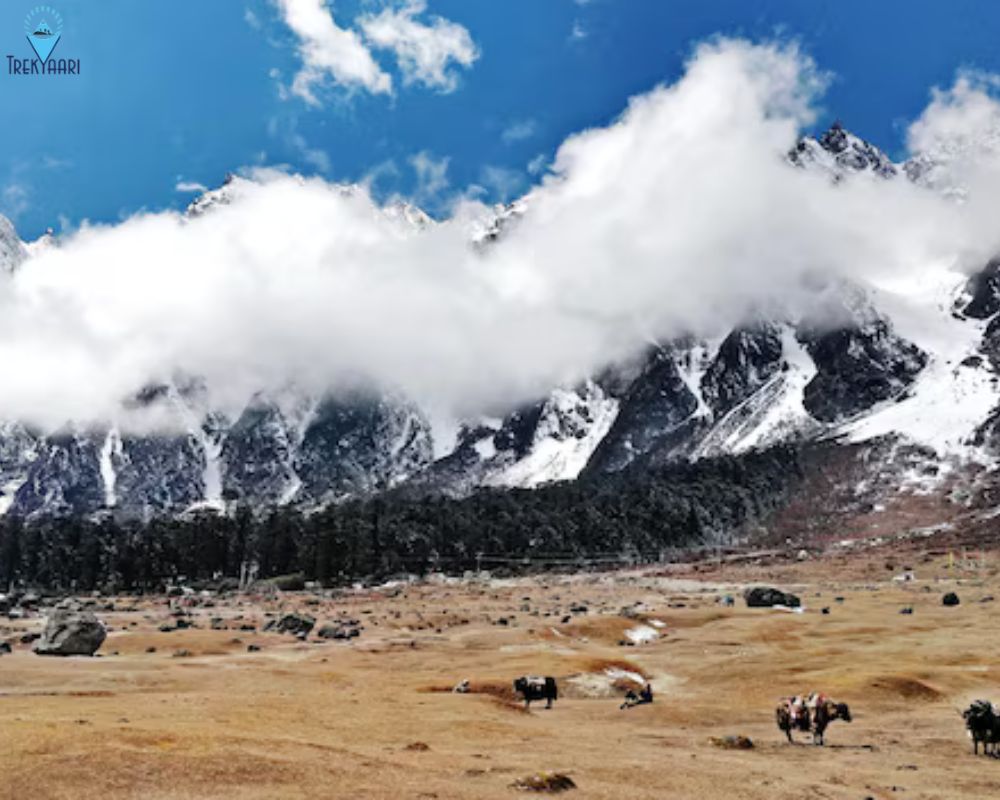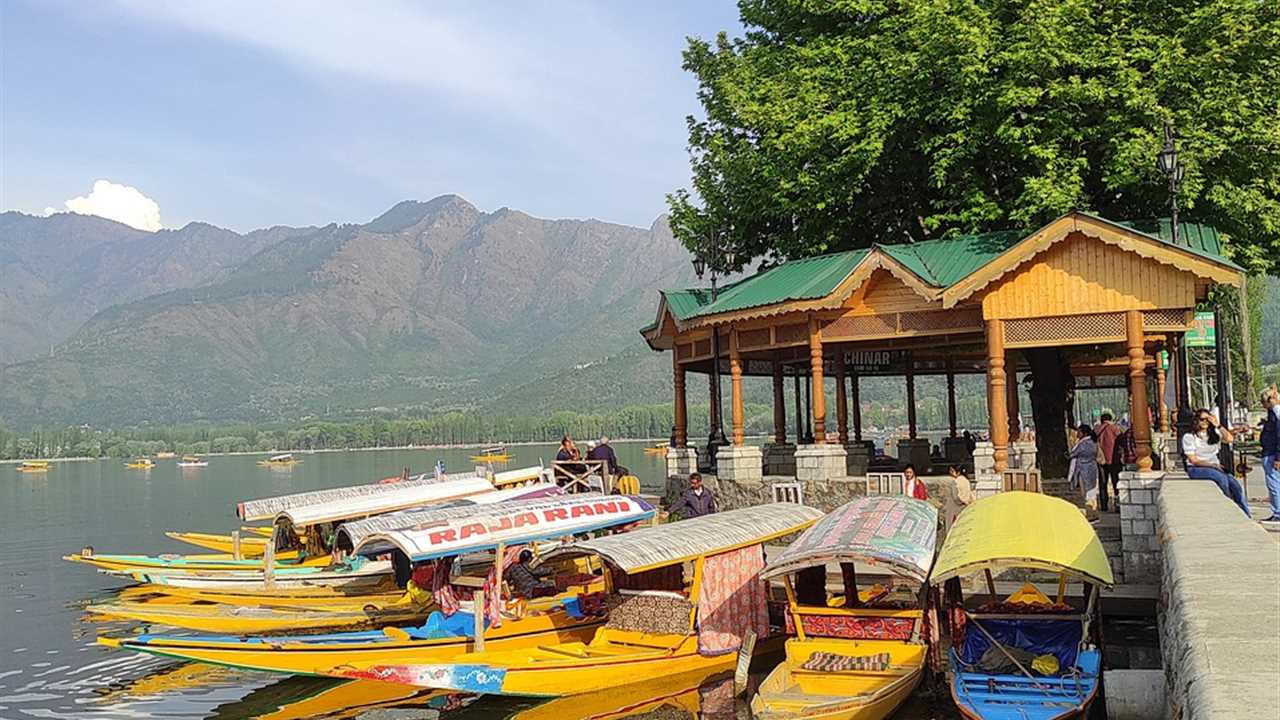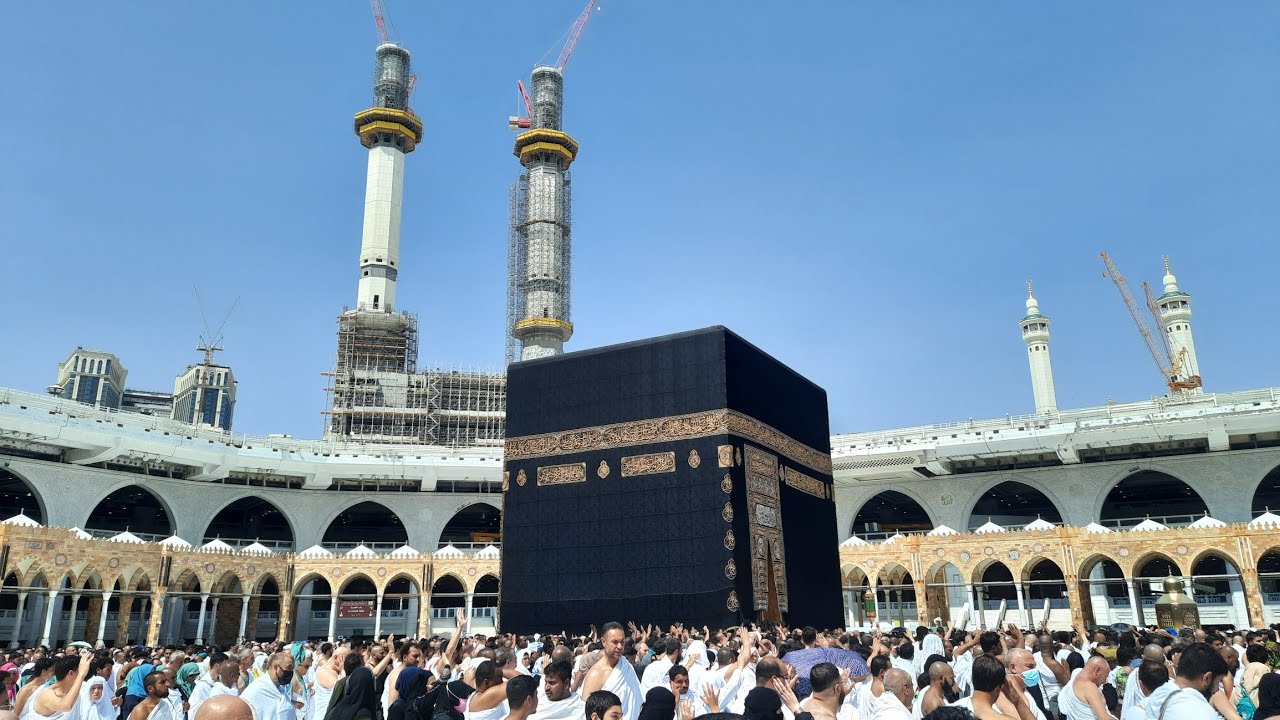Discover the Hidden Gems: Why the Kuari Pass Trek is a Must-Do Adventure
For those with a passion for the mountains and a yearning for adventure, the Kuari Pass Trek offers an enchanting journey through some of India’s most captivating landscapes. Nestled in the heart of the Garhwal Himalayas in Uttarakhand, the Kuari Pass is not just a trail but a gateway to breathtaking vistas, pristine forests, and quaint mountain villages. Often referred to as “Lord Curzon’s Trail,” this trek provides a perfect blend of adventure, natural beauty, and cultural experiences, making it a must-do adventure for both seasoned trekkers and beginners alike.
Where Is Kuari Pass Located?
The Kuari Pass Trek begins near the town of Joshimath, a prominent pilgrimage and trekking base in Uttarakhand. This trail meanders through a series of picturesque valleys, dense forests of oak and rhododendrons, and peaceful meadows that provide a refreshing contrast to the steep, rocky paths. The trek, which covers an elevation gain of over 12,500 feet, offers panoramic views of some of the Himalayas’ most revered peaks, including Nanda Devi, Dronagiri, Hathi Ghoda, and Kamet.
What Makes Kuari Pass Unique?
The Kuari Pass is unique for a few reasons. Unlike many Himalayan treks, which can be challenging for first-time trekkers, the Kuari Pass is suitable for beginners, offering manageable paths while delivering an unforgettable experience. But don’t be fooled by the moderate difficulty—Kuari Pass holds plenty of challenges and thrills, particularly due to the high altitude and varied terrain.
Spectacular Himalayan Views
One of the major draws of the Kuari Pass Trek is the view. As trekkers ascend, they’re rewarded with stunning vistas of towering peaks. The trail presents close-up views of Mt. Nanda Devi—the highest mountain entirely within India. Along with it, peaks like Hathi Ghoda, Dronagiri, and Kamet appear as constant companions on the horizon, creating a scenic backdrop that is unparalleled.
Diverse Flora and Fauna
Nature lovers will be delighted by the diverse flora and fauna that the Kuari Pass Trek has to offer. The trail cuts through a series of dense forests, home to oak, rhododendrons, and deodar trees. These forests are often alive with the sound of birds, and trekkers may even encounter rare species of animals like Himalayan black bears and musk deer. During spring, the rhododendron blooms add bursts of vibrant colour, turning the forests into a natural paradise.
Immersive Cultural Experience
The Kuari Pass region is dotted with small, charming Garhwali villages. The trek route often takes travellers through these settlements, where they can experience the warm hospitality and distinct culture of the Garhwali people. The locals, known for their friendliness, often welcome trekkers with open arms, giving a glimpse into their lives, traditions, and festivals.
Adventure for All Skill Levels
One of the standout features of the Kuari Pass Trek is its accessibility. Suitable for all age groups and skill levels, this trek is ideal for anyone looking to experience the magic of the Himalayas without the intense demands of high-altitude mountaineering. The well-marked trail allows even beginners to navigate comfortably, while still offering enough challenges to keep experienced trekkers engaged.
A Day-by-Day Breakdown of the Kuari Pass Trek
Day 1: Arrival at Joshimath
Joshimath serves as the main starting point for the trek. Situated at an elevation of 6,750 feet, Joshimath is a vibrant town with religious significance as the winter abode of Lord Badri. Trekkers usually spend a night here to acclimatize before beginning their journey. Joshimath is also known for its proximity to attractions like Auli, a ski destination with stunning views.
Day 2: Drive to Dhak and Trek to Gulling Top
The trek begins with a short drive to Dhak village, followed by a gradual ascent toward Gulling Top. This section introduces trekkers to the breathtaking landscapes of the Himalayas, with trails lined by oak and rhododendron trees. Gulling Top offers stunning views of Dronagiri Peak and is an ideal camping spot to spend the night.
Day 3: Gulling Top to Tali Forest Camp
The trail from Gulling Top to Tali Forest Camp is a beautiful blend of forested areas and open spaces. As trekkers ascend, the oak and rhododendron trees become more prominent, offering a refreshing escape from the world below. The campsite at Tali Forest provides an immersive experience with nature, surrounded by towering trees and mountain views.
Day 4: Tali Forest Camp to Kuari Pass and Back to Tali
This is the highlight of the trek, as you finally make your way to the Kuari Pass. The trail begins with a steep ascent, taking trekkers across open meadows and rocky paths. The panoramic view from the top is breathtaking, with a 360-degree spectacle of Himalayan peaks. After spending some time at the pass, capturing photographs, and soaking in the views, trekkers make their way back to Tali for the night.
Day 5: Tali to Dhak Village and Return to Joshimath
The final day of the trek is a descent back to Dhak Village, followed by a drive to Joshimath. The return journey allows trekkers to revisit the scenic beauty of the lower Himalayas, ending the trek with unforgettable memories.
Best Time to Trek Kuari Pass
The ideal time to embark on the Kuari Pass Trek is between April to June and between September to November. During spring, the blooming rhododendrons create a vibrant landscape, while in autumn, the skies are clear, offering uninterrupted views of the surrounding peaks. Winter also brings a unique charm to Kuari Pass, covering the landscape in snow and offering a magical winter trekking experience, but it can be more challenging due to colder temperatures.
Essential Tips for Trekkers
Fitness Preparation
While Kuari Pass is considered a moderate trek, it is still advisable to prepare physically. Building stamina through cardiovascular exercises and leg-strengthening workouts is recommended. This will help in managing the high altitude and long hours of trekking.
Packing Essentials
Pack light but ensure you have all essentials, including a sturdy pair of trekking shoes, warm layers, a waterproof jacket, and sunscreen. A trekking pole is also recommended for support on steep ascents and descents.
Respect Local Customs
The villages along the Kuari Pass Trek are rich in cultural heritage. It is important to respect local customs and traditions, especially if you’re visiting religious sites. Avoid littering and follow Leave No Trace principles to keep the region pristine.
Stay Hydrated
High altitudes can quickly lead to dehydration. Ensure you drink plenty of water throughout the trek to avoid altitude sickness and fatigue.
Why Kuari Pass Should Be on Every Trekker’s Bucket List
The Kuari Pass Trek is a remarkable journey that combines the thrill of trekking with the serene beauty of the Himalayas. Its accessible yet adventurous trails make it an excellent choice for all types of trekkers, while the breathtaking views, rich biodiversity, and vibrant culture create an experience that is both exhilarating and enriching. For anyone seeking to explore the beauty of the Garhwal Himalayas, Kuari Pass is a must-do adventure that promises memories to last a lifetime.















